Continuing the ongoing series of interviews with creative artists working on various aspects of movie and TV productions, it is my pleasure to welcome Logan Floyd. In this interview, he talks about his lifelong interest in capturing images, the transition of the industry from film to digital, keeping up with the technological advancements, and working on indie productions. In between all these and more, Logan talks about his work on the wonderfully crafted “Poser”, a story of a young woman obsessed with becoming an artist despite not quite knowing how to get there.
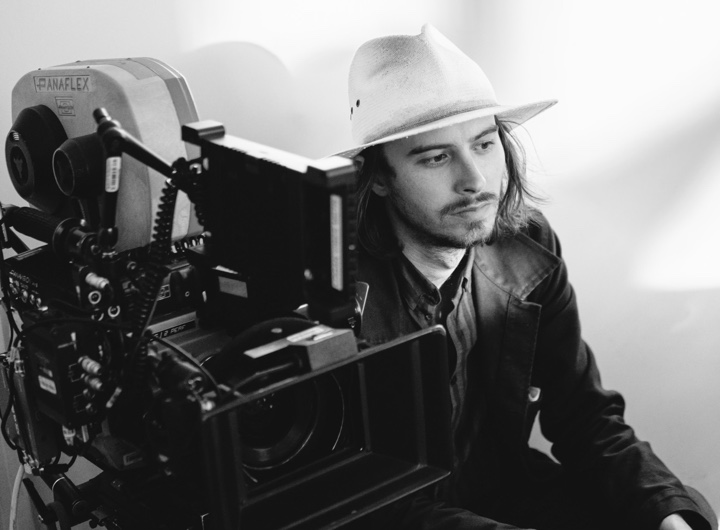
Kirill: Please tell us about yourself and the path that took you to where you are today.
Logan: I come from an artistic family. My mother is an impressionist painter and my father is architect, and both have a strong passion for the arts in general, be it photography, theater or fine art.
When I was really young and we would go on trips – whether it was a family trip getting in the car and driving 30 minutes, or getting on an airplane and going to another country – my mother would give me a disposable camera. Early on I didn’t understand how paramount that interaction was between her and me when she would hand me that camera. I just immediately took it, started to look through the little viewfinder, and started to see the world. I would look at what I was walking through, wherever that situation brought me to.
When you’re young and you’re traveling, you don’t really understand that this is going to be a trip that you might remember for years to come and appreciate. So I would just start snapping photos, and I quickly found out that the faster you start to take those photos, the faster you run out of chances to continue to take photos – because you only have so many exposures that you can use with one disposable camera. So I found that out very quickly, and then started to be more meticulous with how I was photographing my surroundings. Mind you, this was elementary ways of looking at the world at that time, but there was an honesty to it that I found exciting.
I was just walking around with my family, and I was being able to find things that were interesting and not having to discuss them around other people and just enjoy them for myself. I feel like I was creating a connection with wherever I was in that time. All this of course, I feel looking back on this later in life with a little bit more understanding, and breaking this down in a philosophical way. That was the big thing that got me interested in photography. I captured these trips that my family would take me on, and I would start capturing things around the house.
My mom has a strong connection to color, and my father also has a strong sense of design. Hearing their conversations as I would sit by them, or maybe sitting at the dinner table talking about our day and they would be describing what they were looking at – I was so fascinated by that. I didn’t really have the understanding that they did with the world, and with everything that they have accumulated up to that point professionally, as well as in a sense of being and being human and feeling like they wanted to explore and discover new things.
Eventually what started to happen was I would hear what they were discussing in the moment, and then look at what they were looking at, and try to understand how they could be speaking. I didn’t really ask many questions as a kid. I have an older sister, and the dynamic of having an older sibling is that you may be overshadowed by them, especially in a social setting – so I found myself being an observer. I would sit quietly and just look at what was around me. It became a mixture of having being introduced to these tools and the idea of a still image frame, and then also being really comfortable just being a fly on the wall. That’s when I started to put together a feeling for which I thought things around me had meaning. Those were the early-early years.
Before I went to college, I thought I was going be an anthropologist. I was interested in cultures and seeing how different people lived all over the world. I also had a strong connection to industrial design. I loved inventing these Rube Goldberg mechanical things, taking things apart and then putting it back together, seeing how it was working. I’m also a big sailor and I would use my fascination with mechanical objects with how I connected to the world. Not only I was interested with the beauty side of the world, but also with how you get there. That’s where sailing is connected. I grew up on the water, and I enjoy getting out on the water and becoming connected with the wind and with the elements of weather.
All of that together created this perfect storm of filmmaking. Right before I went to my undergraduate program, my mom asked me to be the cinematographer for a documentary that she was shooting. She trusted me to be gentle with the subject matter and to be sensitive to the people that we were going to be working with, and the spaces that we were going to go into. She brought me along and that was my first real professional setting where I started to think about it from the story perspective. Before that I was shooting films with my friends and I was doing little art pieces with myself. I would walk around various parts of the neighborhood that I grew up, and I was interested in light, composition, and movement. But I never really put it all together in a story.
So having this chance to shoot this documentary, I realized that this was everything that I enjoyed. I loved the spur of the moment, the reactive nature that you had to embody, and also being fluent in the technical aspects to make whatever moment you’re capturing possible without getting in the way of that moment. Documentary filmmaking is so intuitive and gentle, and it’s an amazing feeling to be thrown into a space, and have to keep your composure and your knowledge, but then also react. I found that really enjoyable.
Once I went through undergrad, I started seeing this field as a family. You have all these different family members that you work with, and everybody has their own skill, and then you come together and create this piece. I didn’t know that before going into undergrad. While I was there, I found out that I could just fall into the camera side of the process as well as work with lighting. That’s what being the cinematographer is. It encompasses these two areas. You can paint with light, and you can use specific camera techniques to capture that light and to capture that space that you’re in.
Watching that whole process evolve from that first moment I was handed that disposable camera hasn’t been super clear, and I didn’t really realize that this was something that someone could devote their whole life to. And it’s been an amazing experience to then realize that you’re an explorer, you’re an inventor, you’re an anthropologist, you’re an artist – all in one. And you’re also protecting the art of storytelling. We have so many stories to tell, and this is such an exciting time. There’s more chances for us to go into these places that weren’t ever accessible before.
With the tools we now have, we can go there and capture these stories and share those with the world. It’s going to be this everlasting, never-ending progression. It’s exciting to know that I’ve gotten to this point, but also to know that this whole learning process is never going to end, and to continue to grow.
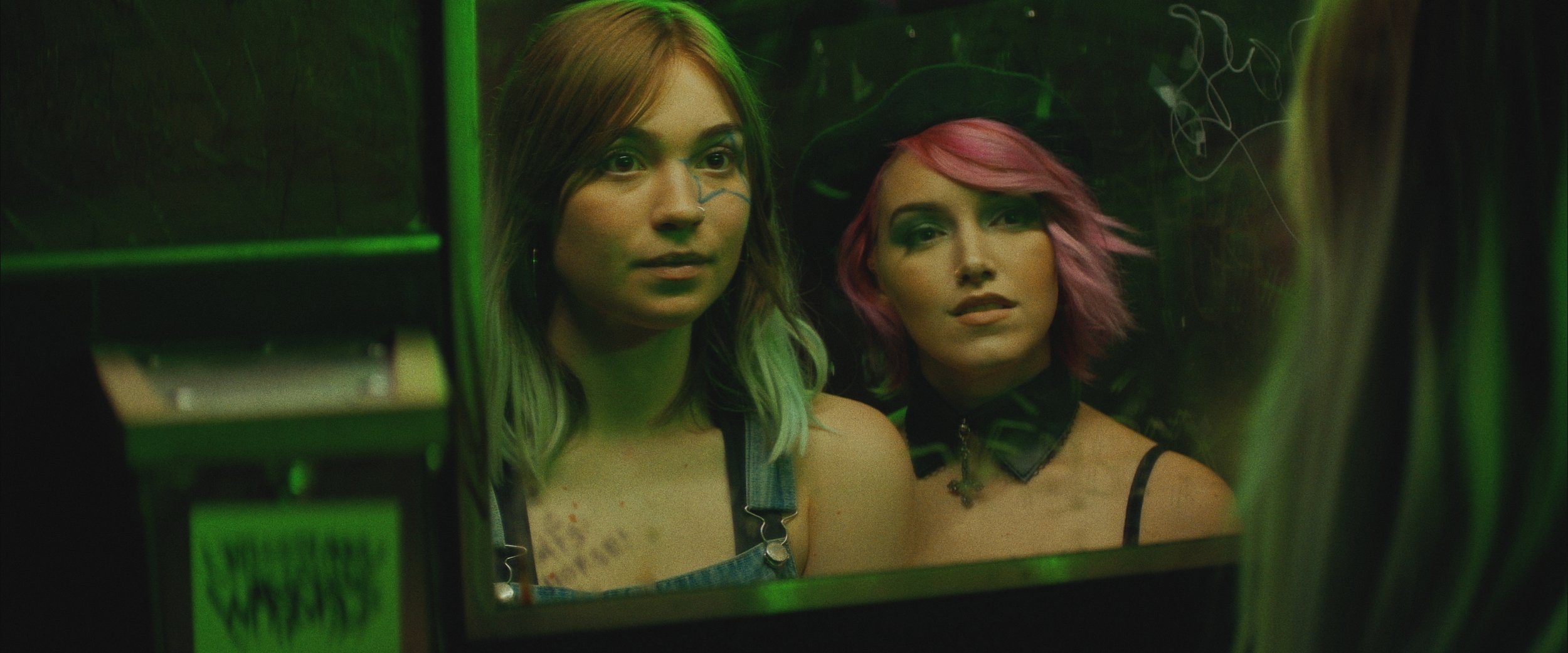
Continue reading »
Irreverent, at times depraved, and always provocative, “The Boys” is a masterful exercise in social, political and pop culture satire that does not shy away from shining a light at the darkest corners of the present-day discourses are galvanizing our society. Continuing the ongoing series of interviews with creative artists working on various aspects of movie and TV productions, it is my delight to welcome Jeff Mossa. In this interview, he talks about balancing the art and the craft in the field of visual storytelling, breaking away from the constraints of traditional television in the ever-evolving world of episodic and streaming productions, and the impact the global pandemic has had on the industry. In between all these and more, Jeff talks about his work on the third season of “The Boys”.
 Kirill: Please tell us about yourself and the path that took you to where you are today.
Kirill: Please tell us about yourself and the path that took you to where you are today.
Jeff: When I was in elementary school and middle School watching “Star Wars” and eventually “Raiders of the Lost Ark”, I was fascinated by all of the visuals and the special effects. Back then we only had three channels of television, and they would occasionally have these primetime specials where they would show you behind-the-scenes or the making-of whatever it was, and I had watched a primetime special that was concentrating mostly on Industrial Light & Magic. They were covering some of their work for “Star Wars” movies as Indiana Jones and probably “Close Encounters of the Third Kind”, and I was glued to it.
I always had a talent for drawing and art, so I was drawing “Star Wars” characters and all that sort of stuff. I was fascinated by Indiana Jones, and wanted to be Indiana Jones – but of course I’m not a swashbuckling archaeologist. I remember watching this one particular episode and I said to my mom at the end of it that I would love to do that. IL&M at the time was all about miniatures, things like AT-ATs for “The Empire Strikes Back”. I grew up in central Massachusetts in the middle of a very small town. We didn’t even go to Boston very often, even though that was a relatively close city, so my childhood was pretty sheltered. When I said to my mom that I would love to do that sort of thing, it didn’t occur to me that it would even be an option to consider pursuing that industry.
When my mom heard that, she said “Why don’t you?” I probably said something along the lines that I wouldn’t even know where to start, and she said “Well, somebody’s going to do it” and I’ll never forget that. I was in 7th grade at the time, and that’s where my path has started. My brother is four years older than me, and he was a high schooler at the time. He was a dancer at a variety show that they put on at the all-boys Catholic school. They didn’t have a drama club or anything like that, but they would put on a Spring Spectacular every year. I’d go watch my brother and he’d dance, and then the lights would go down and all these guys come out, and they were in black t-shirts and black pants and they’re moving stuff around in the dark.
That’s what I was fascinated with – watching them move the stuff around in the dark. Eventually I went to that same high school he went to and then I became part of that stage crew. I worked on that stage crew for four years, eventually designing all the sets for those shows, knowing that what I wanted to ultimately do was work in a film. I had a guidance counselor there when it was time for us to start applying to colleges, but I didn’t know him that well. He knew that I had designed the sets, and one day in the hallway he asked me which school I was applying to.
He asked me about Boston University and I said that it wasn’t on my list. And then he told me that they had a great theater program and that I should apply, so I did. I got accepted into their conservatory-style theater design program. Now theater wasn’t where I wanted to go, but there’s not really a lot of great undergraduate design programs for film or television, so I ended up going to Boston University.
It was a very competitive program. We started as a group of about 22 designers, and by the end of four years there was four of us who graduated. It was an intensive program, and it was very good for me. I came out of there with a lot of skills. It was the first time that I had had any sort of formal artistic training or teaching. I was doing theater shows and I enjoyed doing the theater, but I still was focused on doing film and television.
So when I graduated, I packed my car and I drove across the country to Los Angeles. I knew nobody there and I had nowhere to stay, so I stayed in a youth hostel for a couple weeks. I never wavered on what I wanted to do, and I ended up getting a job at the UCLA Theater Department as a painter, which eventually introduced me to some graduate students who were working there. They were my age, they were in the film program there and they were assisting designers, and I ended up working with them assisting designers – and the rest is history.
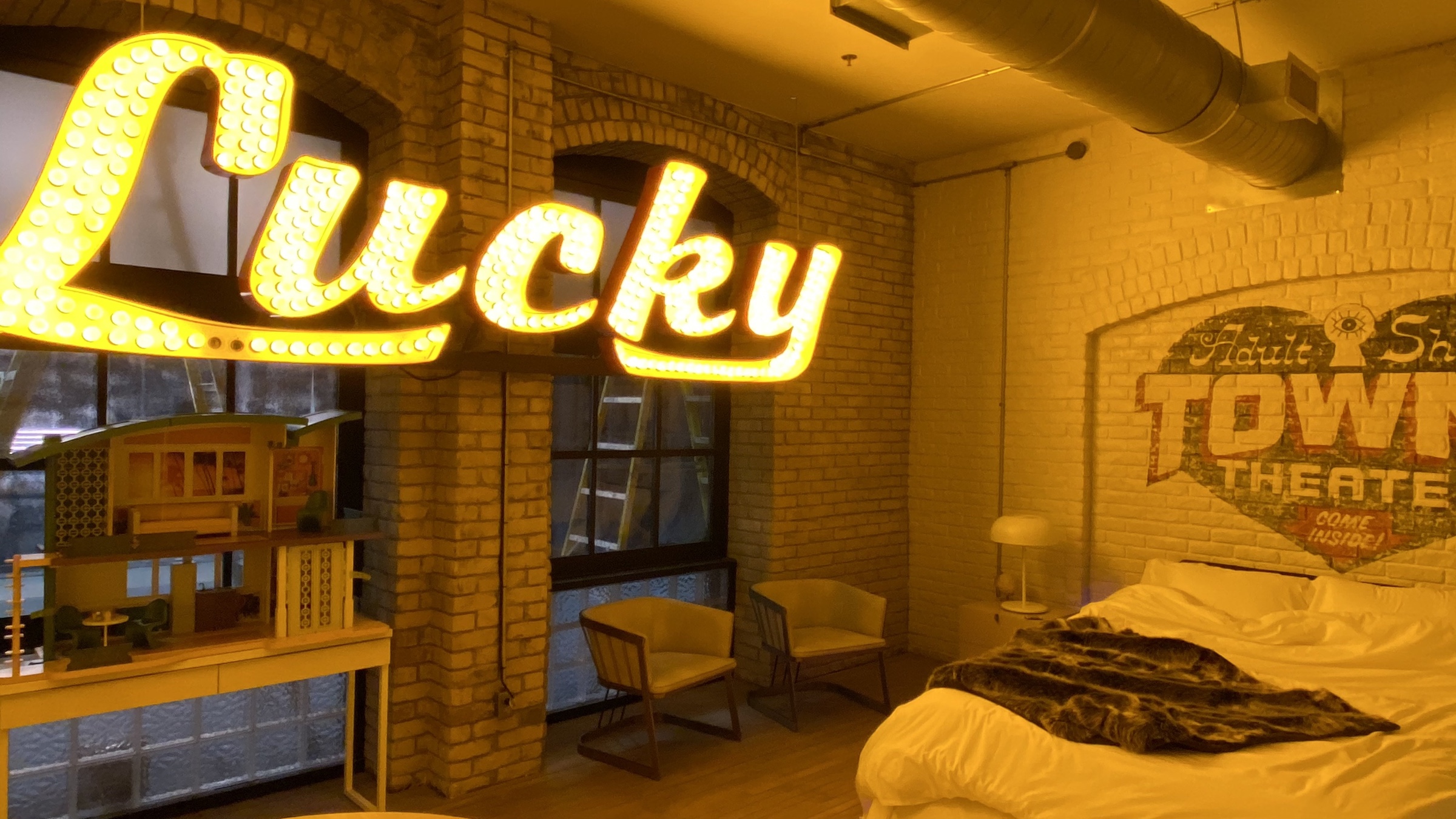
On the sets of the third season of “The Boys”, courtesy of Jeff Mossa.
Kirill: How has the transition of the industry from film to digital been for you?
Jeff: I graduated in the early ’90s, and the first show that I did that was digital was about 16 years ago. At the time we were still doing a lot of film, so I did that and then we went back to film. I would say really it’s only in the past 10 years that it’s been almost all digital.
I don’t know that digital has really affected what we do in the design world that much. I started working in features largely for the first 10 years, and there was one thing that was impressed upon me very early. If you’re in a movie theater and you’re standing in front of a 40-foot or a 70-foot wide screen, at some point you know they’re going to do an insert. You know somebody’s going to be dialing a phone and we’re going to do a shot of that, and then it’s going to be on the screen. That phone is going to be eight feet tall on the screen – which is very much the opposite of what I would do in theater. When I was in theater in college, your audience is 30-50 feet away. You are making things more contrasty, more loose, less precise on purpose because they can’t see the details, and so you have to do broader strokes.
When I started doing films, it became very micro at times. This was before digital was a thing, but I think because I had that training initially, that part of it hasn’t really changed for me.
What has changed dramatically is the ability to shoot in low light, the ability to light sets with practical fixtures more so than movie lights. I’d say this is particularly true in the last 7-8 years that I have a little bit more hand and a little bit more influence in how the sets are lit. I do a lot of built-in lighting into sets, and so I end up working a little more closely with the director of photography and the gaffer then I might have prior to the digital age. Back then they had to use a lot more high-powered lights to expose the film. We would put a practical lamp on stage and then they would support it with a light off stage. They still do that sometimes, but now they can actually use the practical lamp that we put in there as their main source of light. That’s probably the biggest change for me.
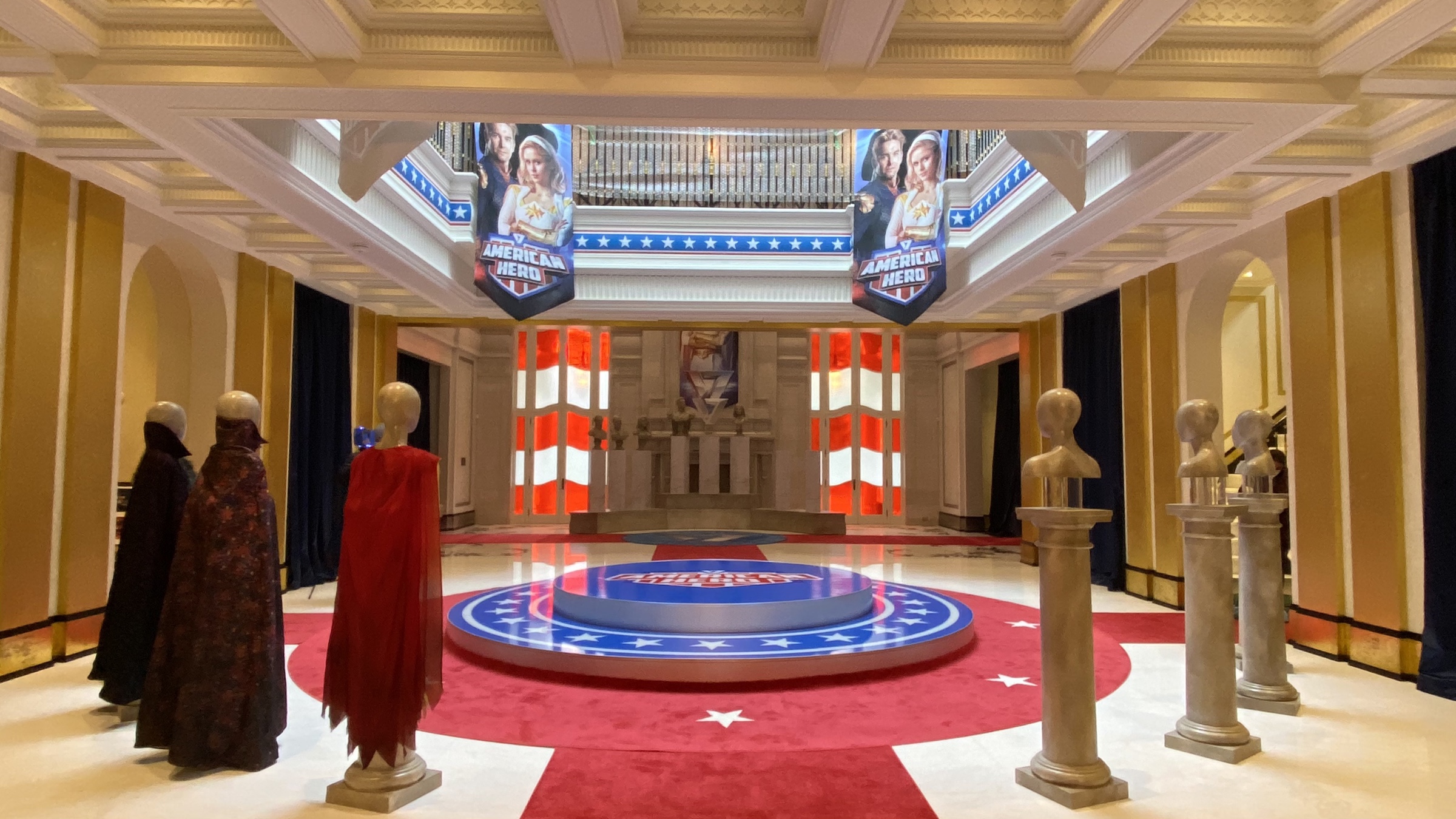
On the sets of the third season of “The Boys”, courtesy of Jeff Mossa.
Continue reading »
After a two year of partial hiatus, DragonCon came to Atlanta over the Labor Day weekend. These are my personal highlights from the opening parade this year.
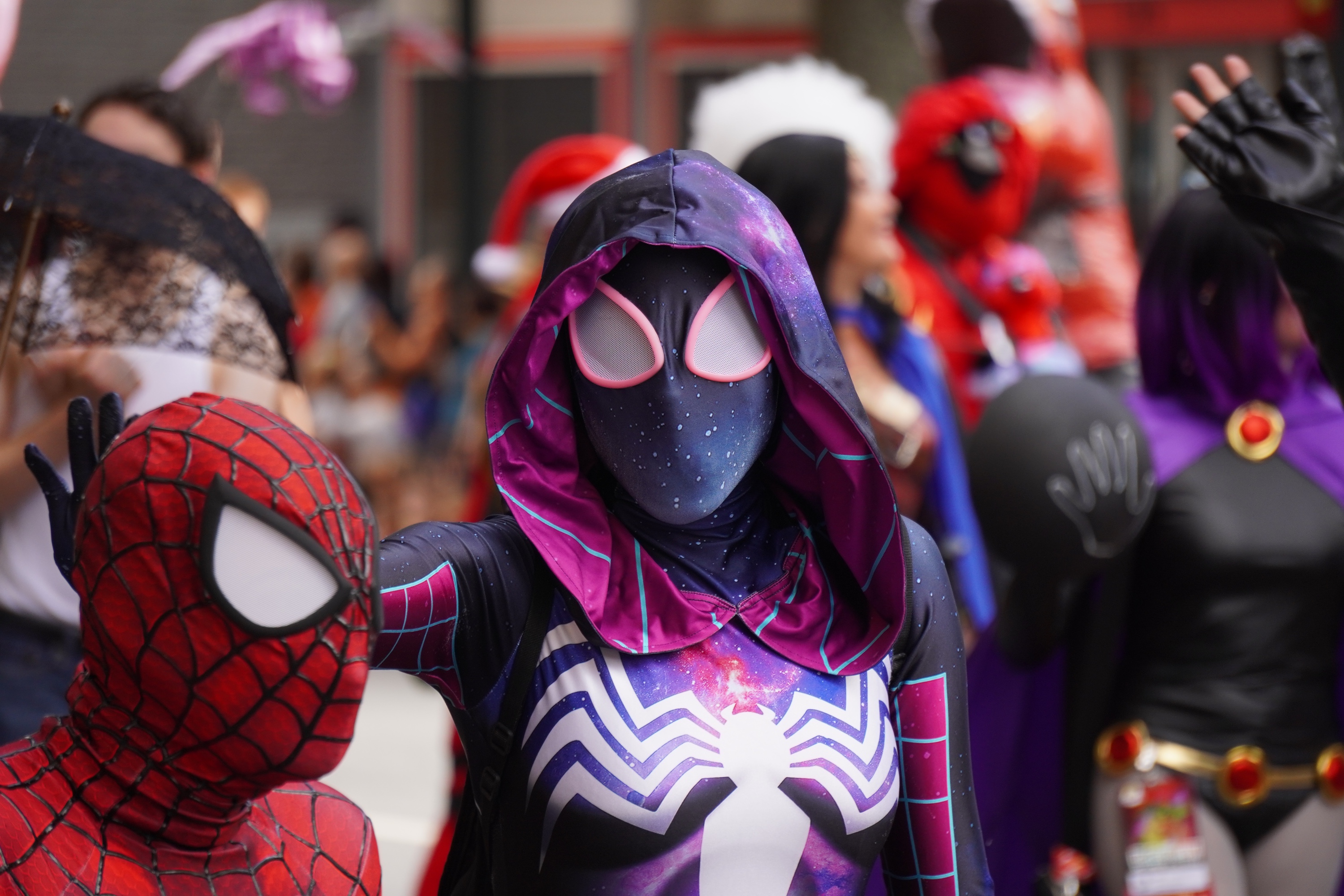
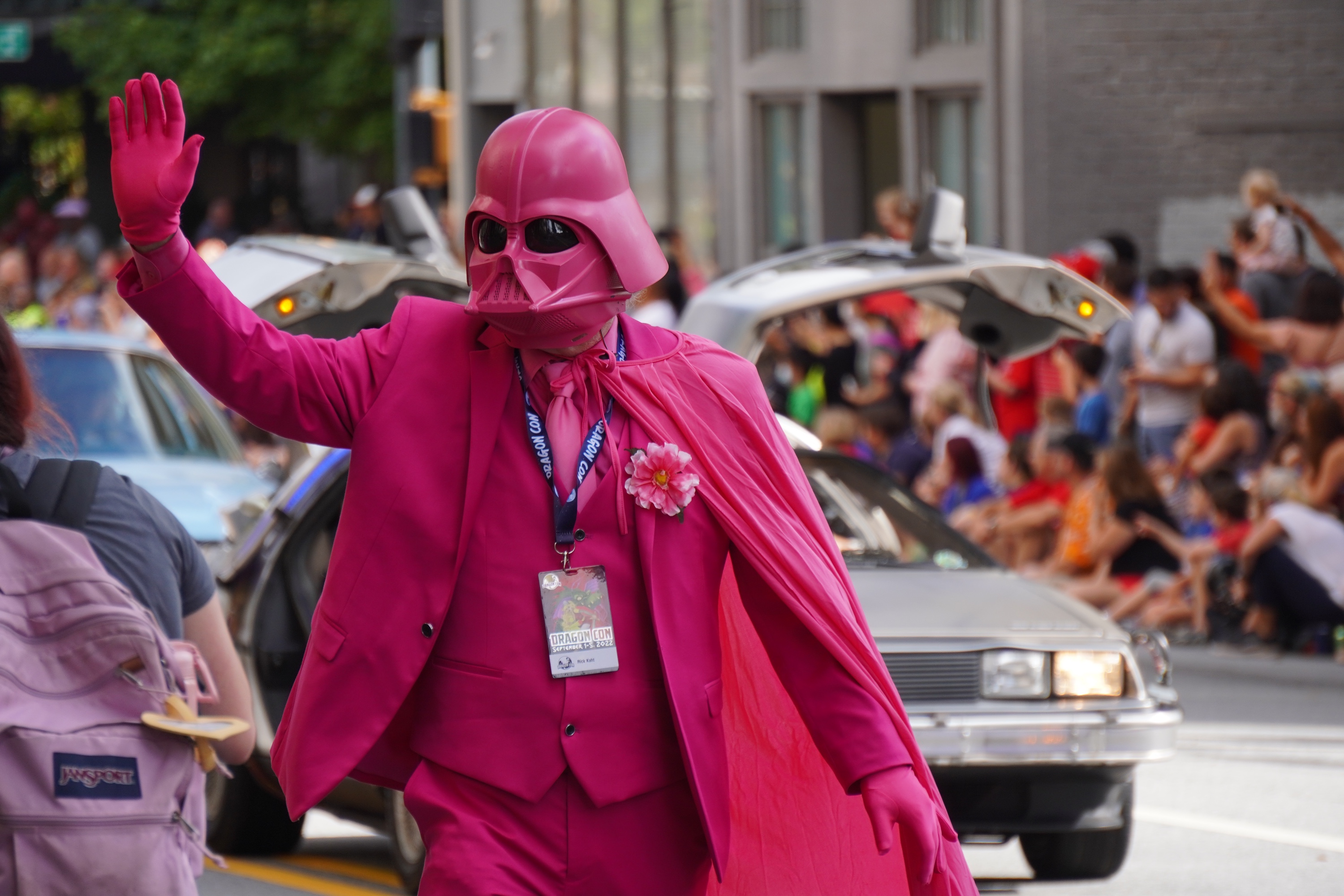
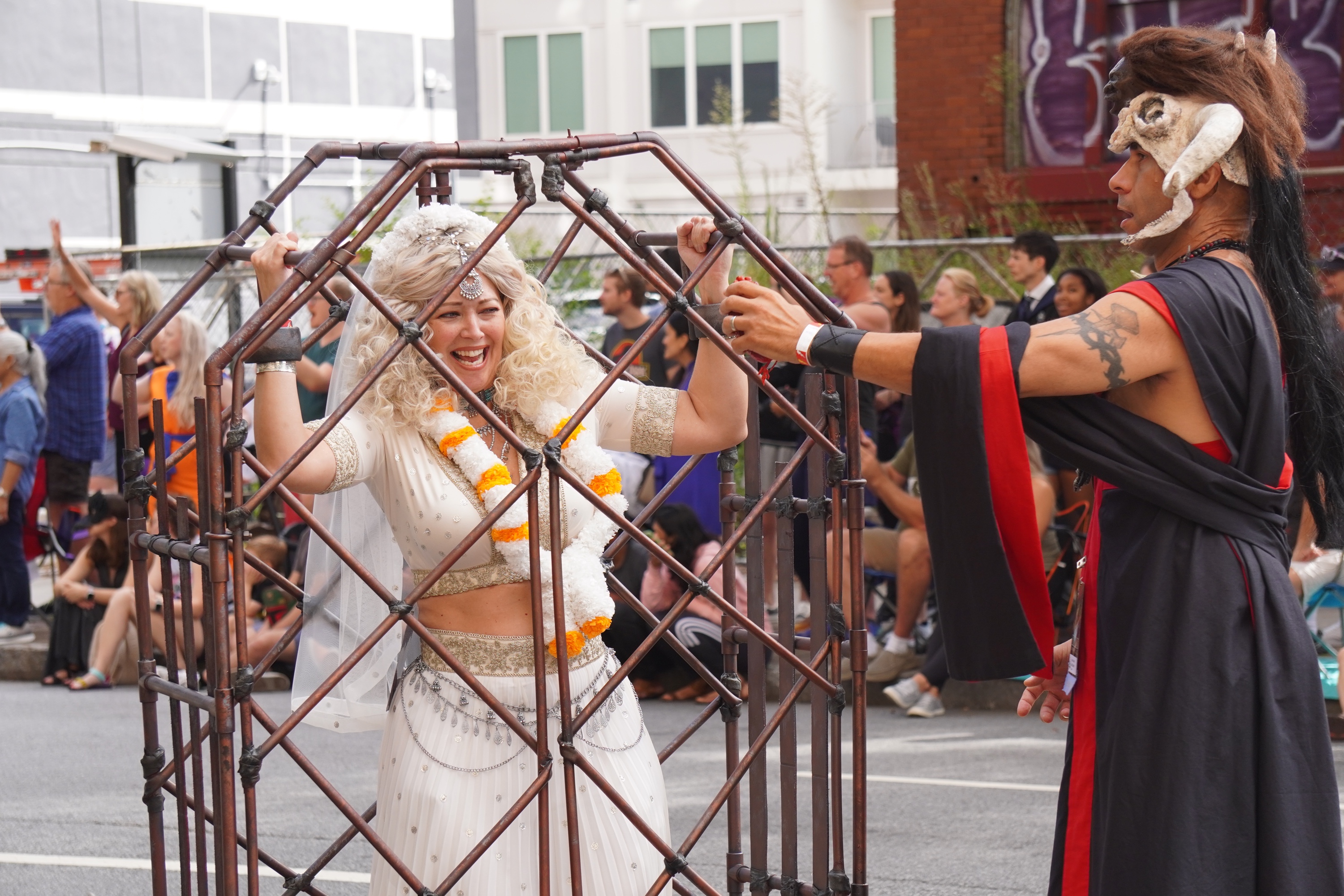
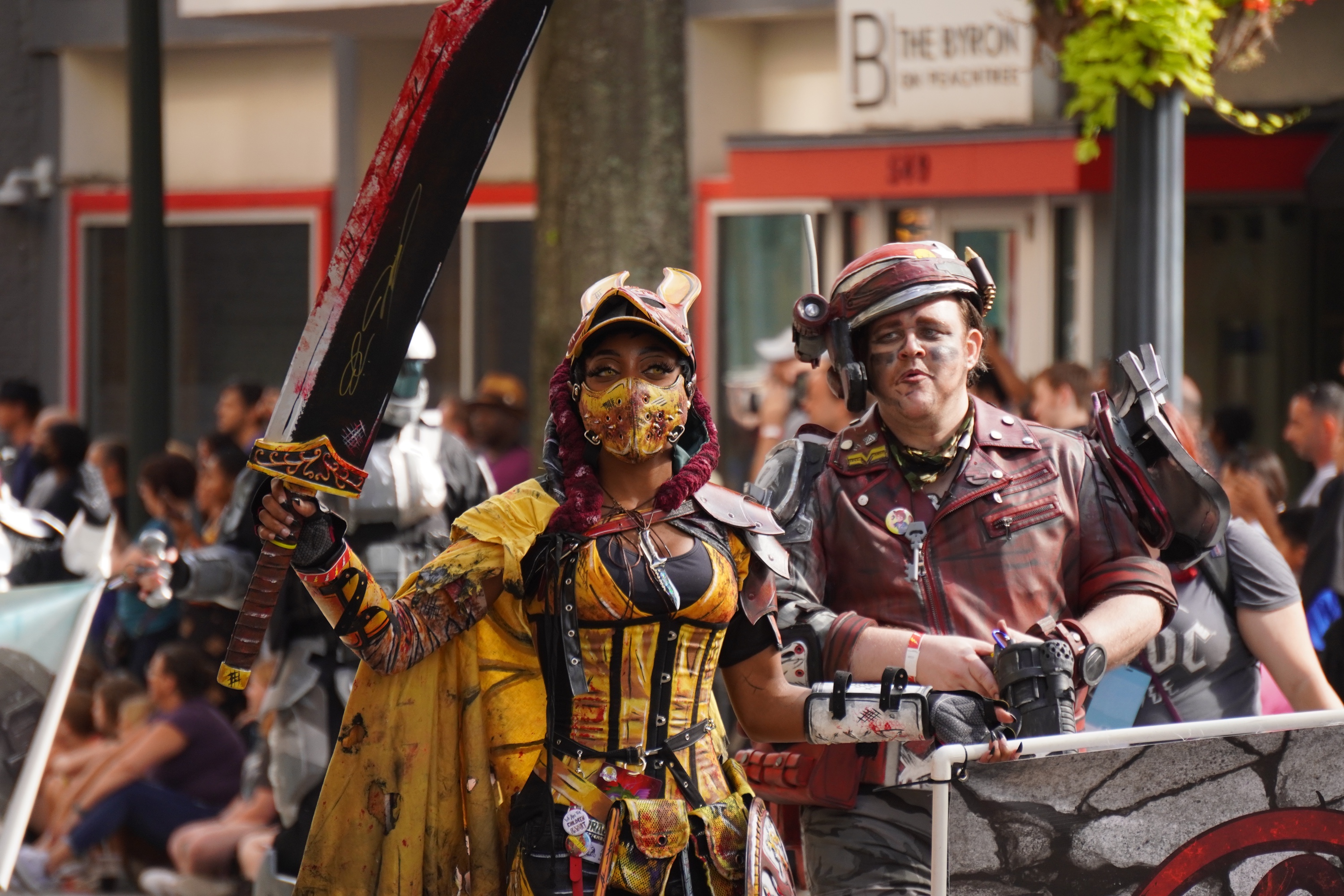
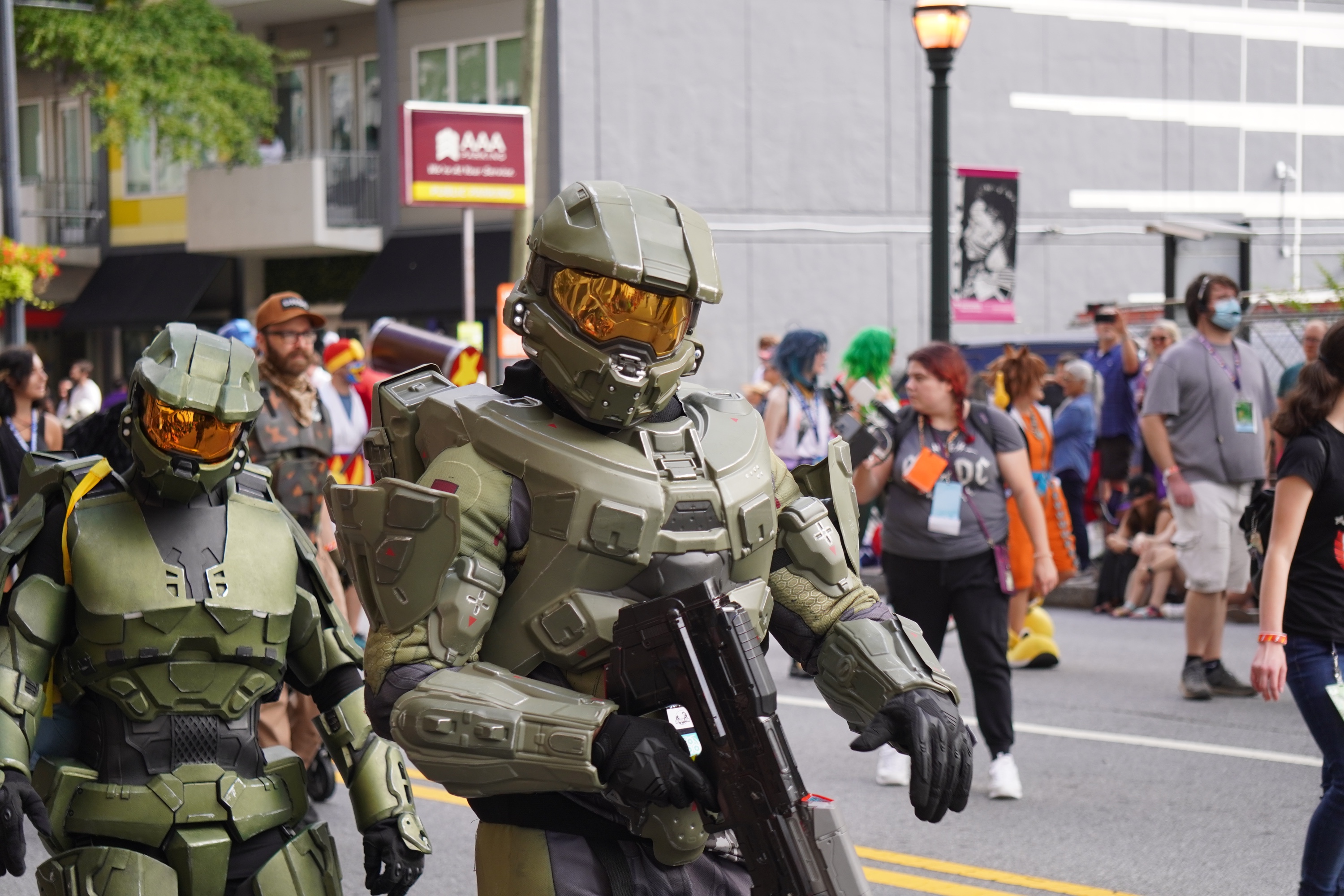
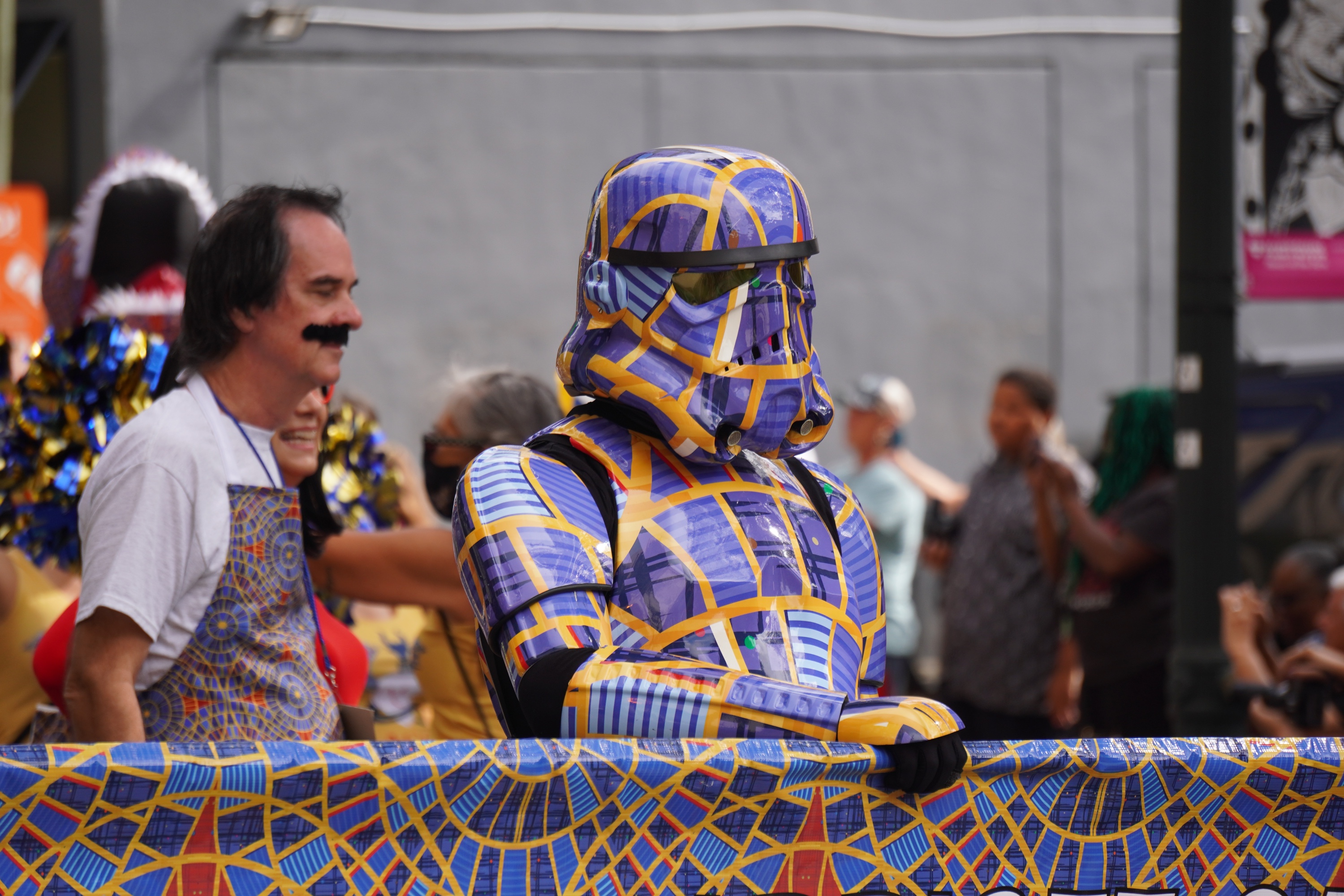
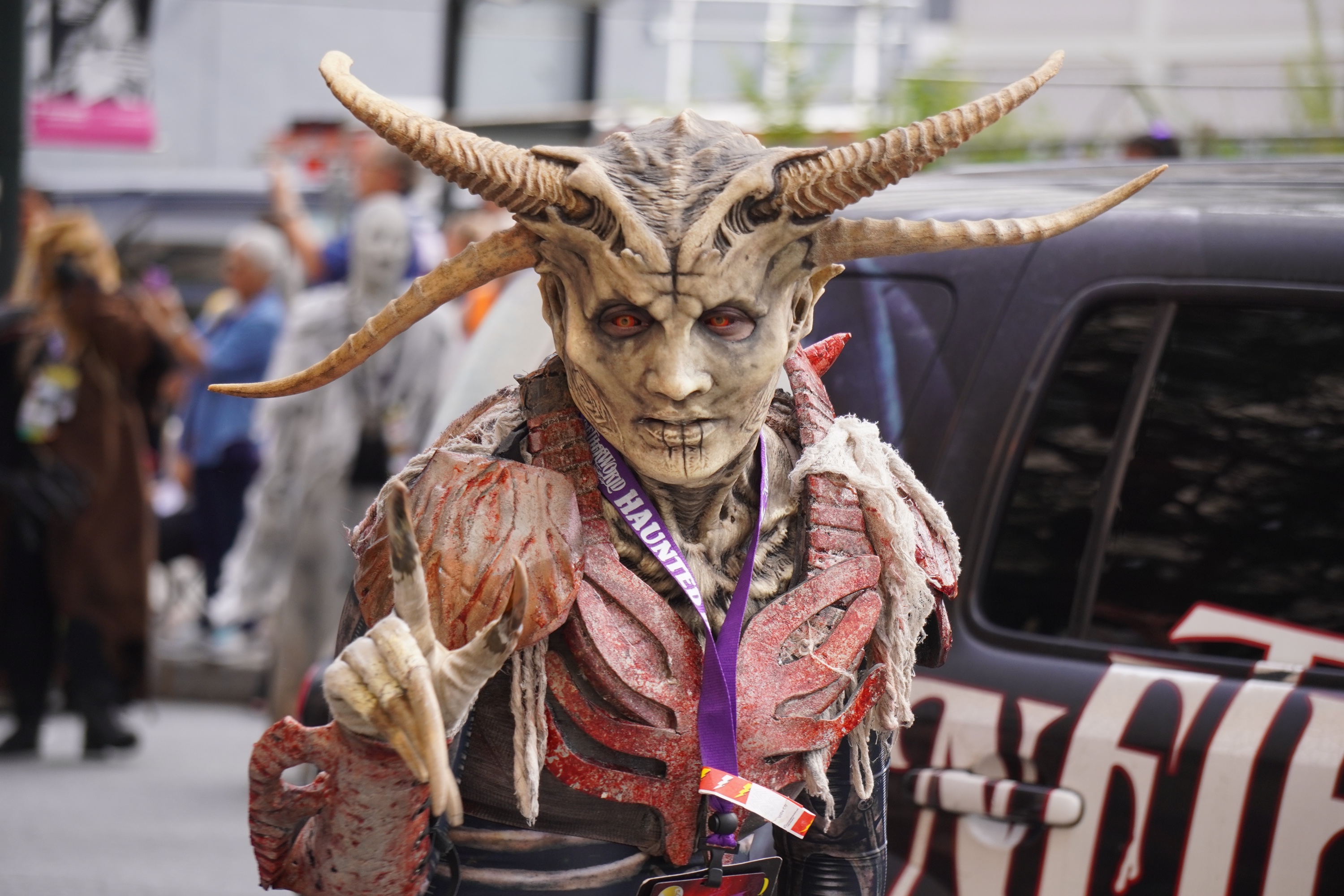
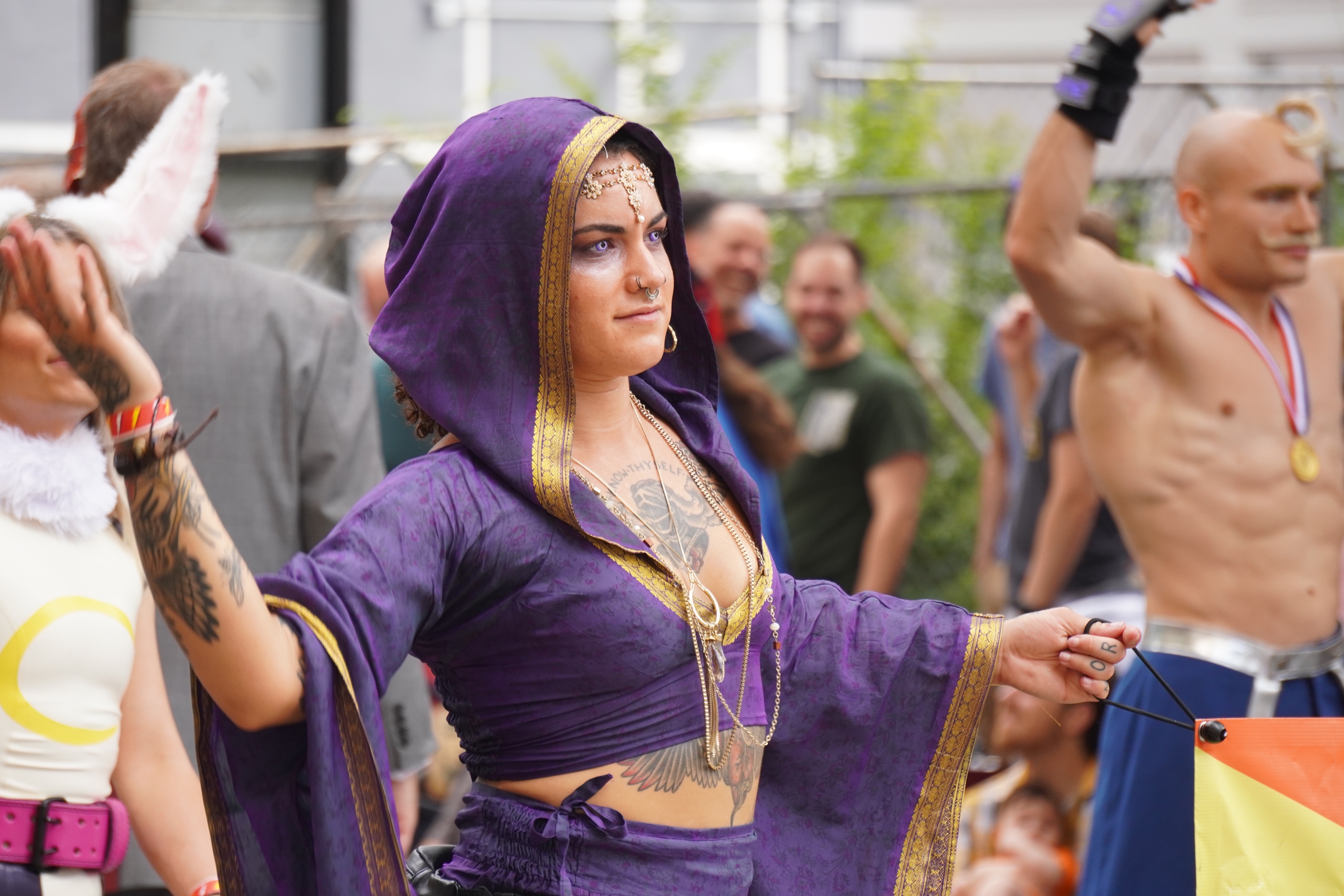

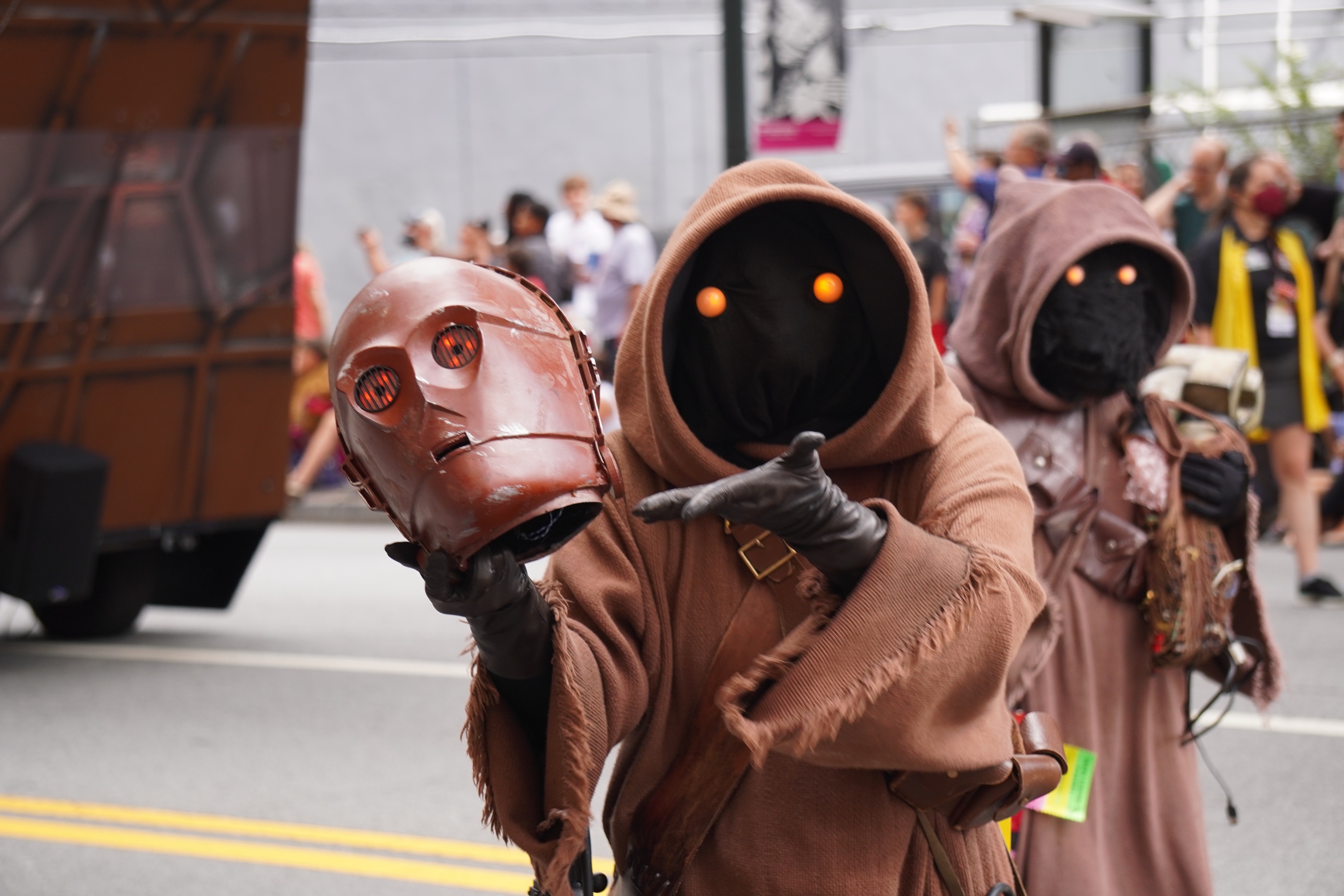
It gives me great pleasure to announce the next major release of Radiance. Let’s get to what’s been fixed, and what’s been added. First, I’m going to use emojis to mark different parts of it like this:
💔 marks an incompatible API / binary change
🎁 marks new features
🔧 marks bug fixes and general improvements
Dependencies for core libraries
- Gradle: 7.2 ➡ 7.5.1
- Kotlin: 1.5.31 ➡ 1.7.10
- Kotlin coroutines: 1.5.2 ➡ 1.6.4
General
- 🔧💔 A new direct rendering model for all core and custom components in Radiance
- Instead of rendering components as multi-layer combinations of cached offscreen images, Radiance now uses direct rendering to the
Graphics objects passed to the relevant UI delegates and painting methods
- Use
RadianceCommonCortex.paintAtScale1x for visuals that need to “fall” on exact pixels, line single-pixel borders, separators, etc
- 🔧 Remove all usages of java.security APIs (that are deprecated in Java 17 going forward)
Animation
- 🎁 New default animation pulse source that is based on the display refresh rate
Component
- 🎁💔 Unify fire action trigger logic for command buttons by replacing
CommandButtonPresentationModel.isFireActionOnRollover and CommandButtonPresentationModel.isFireActionOnPress with a single actionFireTrigger enum that has three values:
OnRollover to fire action on rolloverOnPressed to fire action on pressOnPressReleased to fire action on press release (the default)
- 🎁💔 Unify text action/popup click logic for command buttons by replacing
CommandButtonPresentationModel.isTextClickAction and CommandButtonPresentationModel.isTextClickPopup with a single textClick enum field that has two values:
Action to activate action on text clickPopup to activate secondary content on text click
- 🎁💔 Revisit breadcrumb bar APIs
- Remove exception propagation APIs (they were no-op in any case since it wasn’t wired)
- Remove index tracking in
BreadcrumbItem (not wired to anything)
- Switch
BreadcrumbBarCallBack APIs from StringValuePair to BreadcrumbItem
- Also rename
getLeafs to getLeaves
- Rename
BreadcrumbBarCallBack to BreadcrumbBarContentProvider`
- Rename
BreadcrumbBarModel to BreadcrumbBarContentModel
- Add
BreadcrumbBarPresentationModel and support icon filtering
- Remove
StringValuePair from the API surface altogether
- Revisit the API surface of
BreadcrumbItem
- 🎁💔 Switch presentation models to use
BackgroundAppearanceStrategy across all components. This applies to
CommandButtonPresentationModel.setFlatCommandButtonPresentationModel.Overlay.setFlatCommandStripPresentationModel.setFlatCommandPresentationModel.setFlat
- 🎁 Add single row resize policy to ribbon flow bands
- 🔧 Fix lost breadcrumb bar path after skin change
- 🔧 Fix separator drawing over the last text character in
MEDIUM command buttons that don’t display icons
- 🔧 Command menus now toggle open and close on clicks
- 🔧 Fix issues with command popup menus not closing in certain scenarios
Theming
- 💔 Simplified visuals of tabbed panes
- Remove
SINGLE_FULL and DOUBLE_FULL from TabContentPaneBorderKind. Apps that wish to draw border around the content area will need to do so explicitly.
- Remove
RadianceSkin.setTabFadeStart and RadianceSkin.setTabFadeEnd and do consistent indication for the selected / rollover tab with no alpha fade gradient.
- Consistent corner radius of tabs across all skins.
- 💔 Clean up the signature of fill painters, removing
isFocused (not used anywhere, and shouldn’t be since the focus indication is painted separately) and hasShine (specific to StandardFillPainter visuals).
- 🔧 Fix issues with various color chooser panels, including the correct wiring of the “Reset” button across all the panels
- 🔧 Fix incorrect bounds of maximized decorated frames on Windows
- 🔧 Fix inverted logic of
ComponentOrParentChainScope.setExtraWidgetsPresence
- 🔧 Fix null pointer exception in rollover button listeners
SVG transcoder
- 🔧 Simplify generated code by not emitting identity affine transforms
- 💔 Remove plain templates
As always, I’d love for you to take this Radiance release for a spin. Click here to get the instructions on how to add Radiance to your builds. And don’t forget that all of the modules require Java 9 to build and run.
And now for the next big thing or two.
This release took almost a year to complete. I needed this time to figure out how to continue evolving Radiance in a meaningful way over the next decade or so. The considerations for what went into this work were laid out last October in this post. The two major areas I wanted to focus on are direct rendering and API consistency.
Direct rendering has touched the UI delegates for every single core Swing component, and almost every custom Radiance component, from command buttons all the way up to the ribbon. API consistency has been driven by the ongoing work in Aurora, as well as the drive to clean up the API surfaces that have been misaligned across the codebase for a while.
Making meaningful changes also means making hard choices about backwards compatibility. Deprecating existing APIs but leaving them available leads to a confusing API surface and increases the cost of maintaining and evolving the codebase. Leaving existing APIs in place, and trying to redirect them under the hood to a “v2” variant places noticeable constraints on what is feasible to do. If I want Radiance to be here in the next 10-15 years, the only practical way forward is to cut out APIs that have not aged well, remove them from the codebase and introduce new ones as necessary. I understand that it causes friction during dependency upgrades on the application side of things, but the only other alternative is abandoning any new development altogether.
With all this in mind, what is next, for 2023 and beyond?
The first major change in Radiance is going to be around defining and using colors. Code-named Chroma, this effort aims to bring more clarity and control over working with colors in core and custom Radiance skins, inspired by the ongoing evolution of design systems such as Material and others.
This change will also find its way into Aurora, as these two projects are twins, in a sense. Once Compose for Desktop hits its official 1.2 release, Aurora will go to 1.2 as well. Afterwards, I will work on window APIs, and will start the long-planned work to port the ribbon component to Aurora.
And last but most definitely not the least, are the plans to explore the third twin to Radiance and Aurora, and bring the theming layer and all the components to the world of Flutter.
As I said last October, it’s going to be a long road, and it may take a bit of time again until the next major release of Radiance. The current goal is to fully complete the color work across both Radiance and Aurora, and have them released at the same time. This will probably happen after the ribbon component is added to Aurora. As for the Flutter twin, it is going to be an exciting, and yet completely unpredictable adventure. I may or may not have something for you to play with in 2023. Time will tell.
![]()
![]()